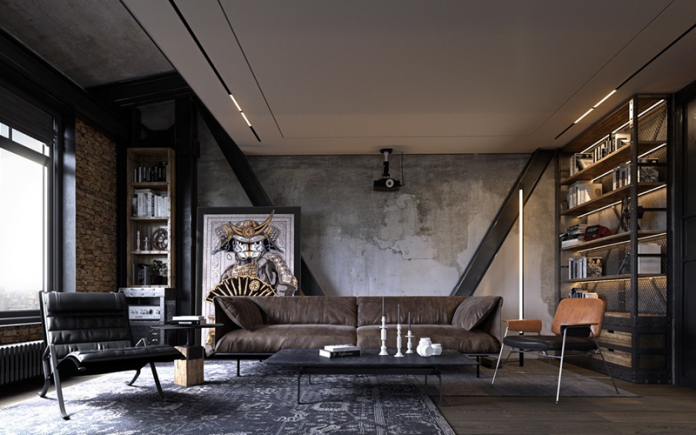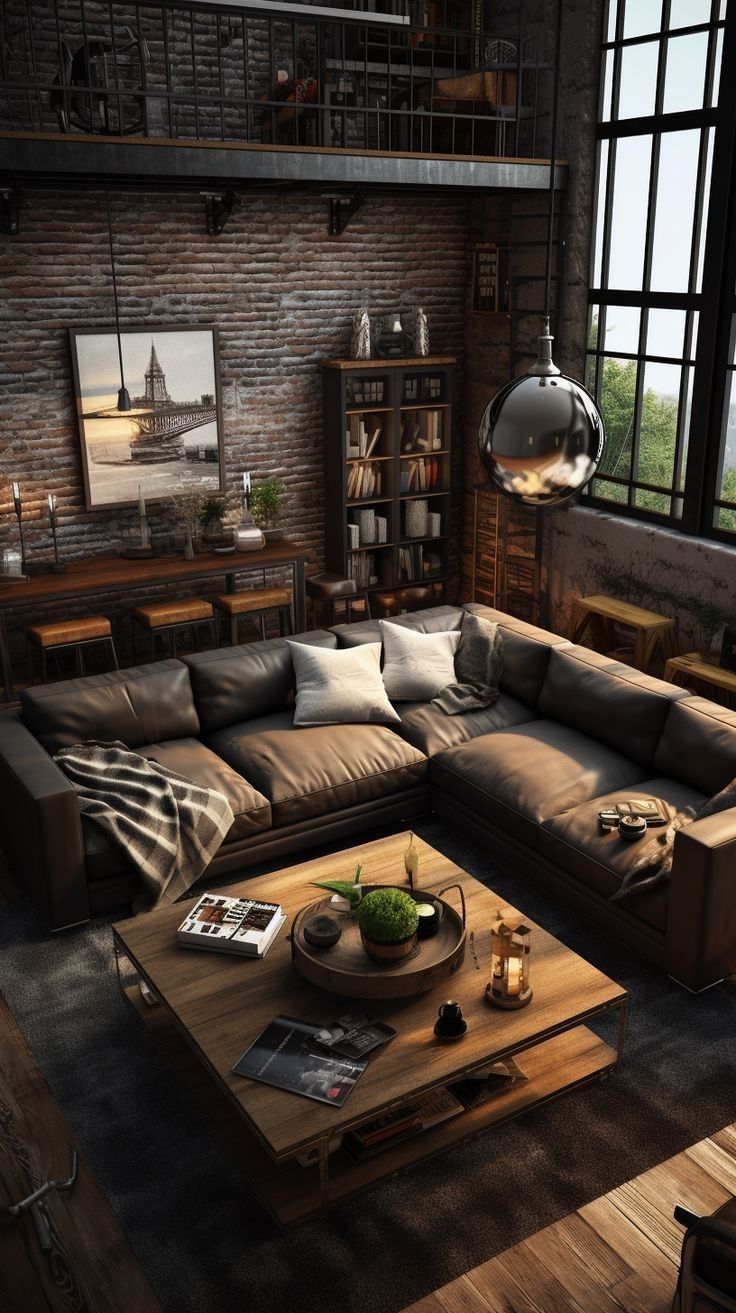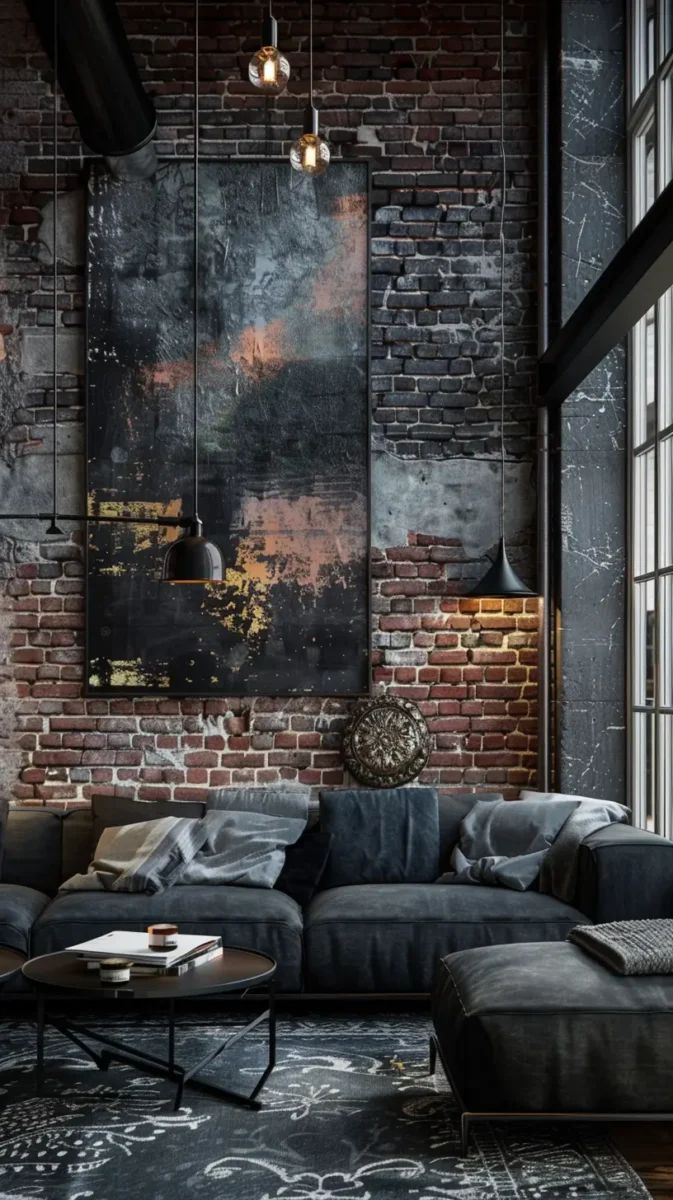Industrial interior design, characterized by its raw and unrefined aesthetics, can be a stunning choice for a variety of spaces. However, navigating its complexities can lead to some common design blunders. Let’s dive into the top mistakes people make and how you can steer clear from them!
1. Ignoring Functionality
One of the biggest faux pas in industrial interior design is focusing solely on aesthetics while neglecting functionality. An attractive space that is impractical won’t serve its purpose effectively.
Key Considerations for Functionality
- Assess traffic flow and movement within the space.
- Ensure that furniture and fixtures fit both the space and usage.
- Incorporate versatile designs that can adapt to changes.
Prioritizing functionality ensures that your industrial chic design remains livable and enjoyable!
2. Overlooking Lighting
Proper lighting can make—or break—an industrial space. Many designers assume that the raw aesthetic means dim, uninviting spaces. This isn’t true! Layered lighting can enhance the overall vibe of the room.
Types of Lighting to Consider
- Ambient Lighting: This is your primary light source. Think Edison bulbs or recessed lighting!
- Task Lighting: Use focused lights for working areas, like pendant lights over a kitchen island.
- Accent Lighting: Showcase interesting architectural features or artwork with spotlights.
Make your industrial design shine by embracing various lighting options!
3. Overcrowding with Decor
Industrial design thrives on spaciousness and minimalistic elements. A common mistake is to overcrowd the space with too many decorative items, which can lead to visual chaos. A balanced design showcases your style without overwhelming the senses.
Steps to Achieve a Balanced Look
- Choose a few statement pieces instead of numerous small items.
- Keep surfaces clutter-free.
- Use functional decor items like shelving to showcase select pieces without overcrowding.
4. Neglecting Texture and Material Variety
Industrial design often relies on materials like metal, wood, and concrete. One of the mistakes to avoid is falling into the trap of using just one or two materials. A rich variety adds character and depth to your space.
Creating Texture in Your Design
Combine the following elements for an effective use of texture:
- Mix different metals (e.g., stainless steel with copper)
- Incorporate natural elements like wood or stone.
- Add soft textures through textiles for cushions, throws, or rugs.
5. Ignoring Focal Points
In any design, having a focal point pulls the room together. In industrial design, this could be a striking piece of art, an unusual furniture arrangement, or an architectural feature. Not establishing a clear focal point can leave your space feeling disjointed and uninviting.
Establishing a Focal Point
To create a compelling focal point, consider:
- Positioning large art pieces or murals at eye level.
- Using bold or unique furniture to draw attention.
- Highlighting architectural details such as exposed beams or brick walls.
A well-placed focal point makes your industrial design cohesive and inviting!
Conclusion
Ultimately, industrial interior design should reflect both style and functionality. By avoiding these common mistakes, you can create an engaging, well-balanced space that’s both chic and practical. Remember, the key is to blend aesthetics with your functional needs. Happy decorating!
offering practical advice for avoiding them while ensuring it maintains SEO-friendly practices with relevant keywords. The structure encourages a reader-friendly experience with clear headings, lists, and a cheerful tone.



